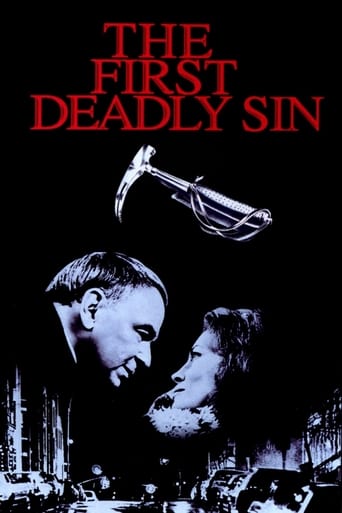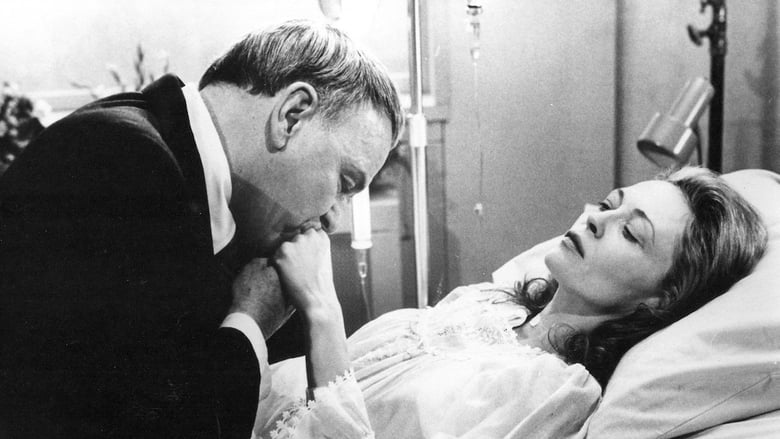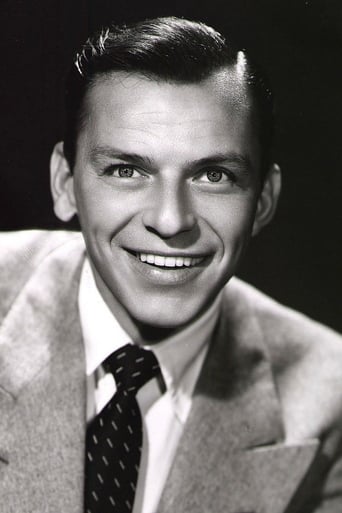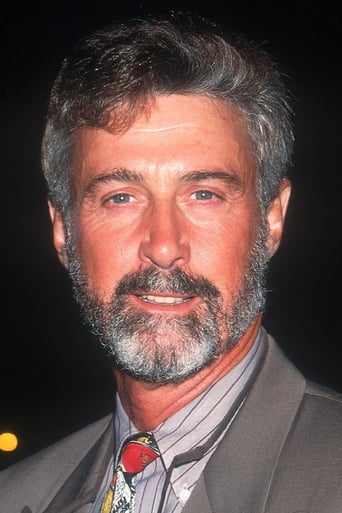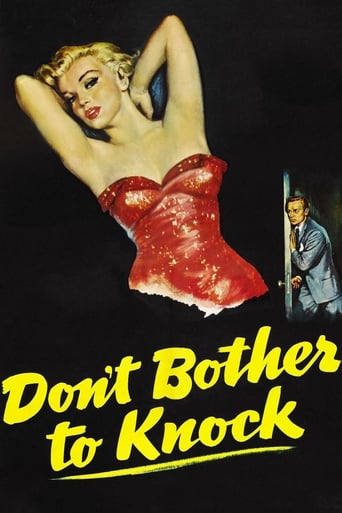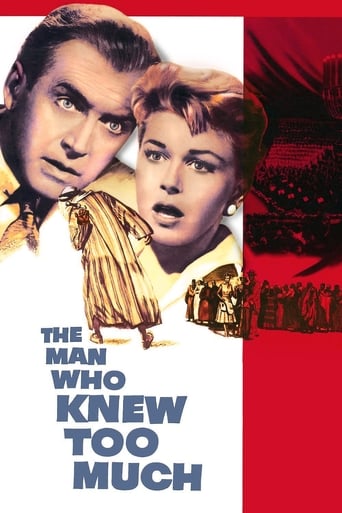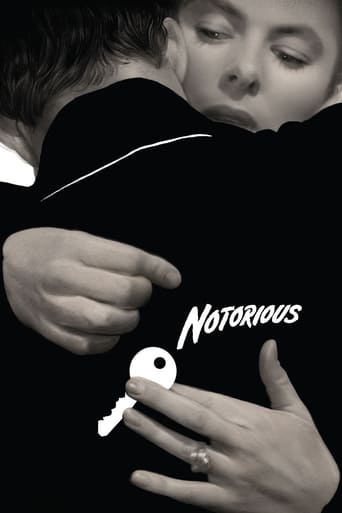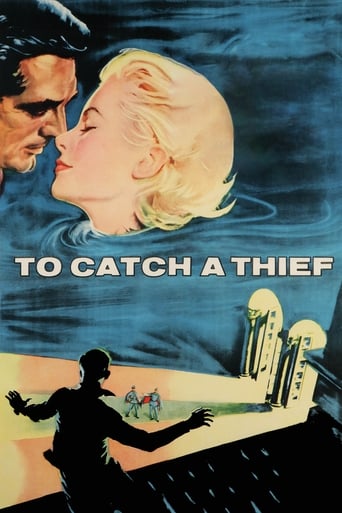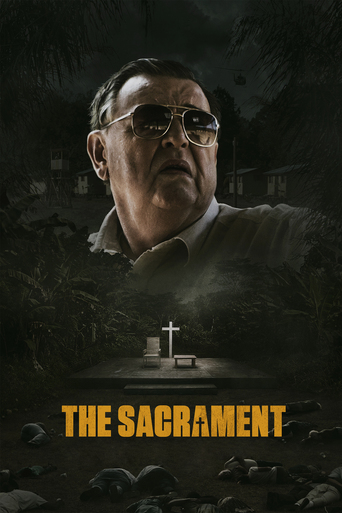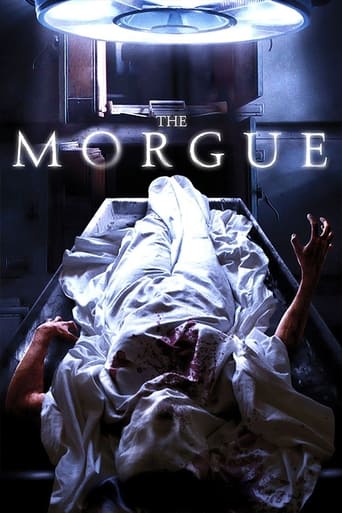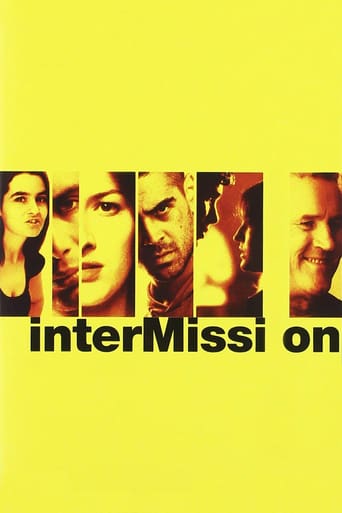The First Deadly Sin (1980)
A serial killer is stalking New York. Inspector Edward X. Delaney is an NYPD detective, nearing retirement, who is trying to put together the pieces of the case. Are the victims somehow linked? What does the brutal method of death signify?
Watch Trailer
Cast


Similar titles
Reviews
I like movies that are aware of what they are selling... without [any] greater aspirations than to make people laugh and that's it.
a film so unique, intoxicating and bizarre that it not only demands another viewing, but is also forgivable as a satirical comedy where the jokes eventually take the back seat.
The movie turns out to be a little better than the average. Starting from a romantic formula often seen in the cinema, it ends in the most predictable (and somewhat bland) way.
Through painfully honest and emotional moments, the movie becomes irresistibly relatable
Frank Sinatra put on a pretty decent performance here (in what's billed as his last starring performance, although he was in "Cannonball Run II" a few years later) as Edward X. Delaney - a New York City police detective weeks away from retirement, who gets caught up in a murder investigation that his commanding officer (for reasons I never clearly understood) would prefer him to leave alone. Sinatra's performance, though, was really the only thing that made this movie worth watching. The story of the search for the psychopathic killer wasn't all that interesting, and while the subplot revolving around the illness of Delaney's hospital-bound wife (a rather simple role played by Faye Dunaway) took up a fair amount of screen time, it also added nothing to spark the movie, except perhaps to ground Delaney as a loving husband. Delaney does come across as a sympathetic character for the most part, although he's a cop willing to go to any lengths (legal or otherwise) to get this killer. Aside from that there was one very effective scene in which the curator Langley (Martin Gabel) goes to a hardware store trying to figure out what the murder weapon was which added some welcome comedy relief to this otherwise rather poorly structured and poorly paced movie, which I would frankly have to say was one of the least exciting and least interesting murder mysteries I've ever seen.
Sinatra financed this movie and starred in it, so he is wholly responsible for it, and it shows just what a ghastly gangster-fascist he really was, because --- as no one on this board appears to have even noticed --- it wholly endorses police murder.With the notoriously whitewashed De Menezes and Dziezinski police killings, plus scores of taser deaths, fresh in our minds, we should be calling for this film to be withdrawn from circulation, including from lending libraries. What validity is there in a film that shows its hero taking a death sentence into his own hands, and executing a villain with impunity? Sinatra is supposed to be an Irish detective-sergeant nearing his retirement when serial killings occur. Perhaps the Irish theme explains the prominent Catholic crucifixes on display in various scenes. Or perhaps they are just proto-fascist totems for the vigilante faithful.This film not only endorses repellent values, it is utterly idiotic, with Sinatra conducting a series of interviews to arrive at the screamingly obvious fact that the crimes were committed with an ice-pick. The blindingly blatant ID of the weapon takes him several days, and involves an improbable character undertaking part of the investigation on his behalf. Ridiculous! In an unrelated series of scenes Faye Dunaway, his much-younger wife, is expiring from complications arising from a kidney removal. This gives Frank ample room to display his inability to act, which we have to add to his inability to judge a script or to embrace civilised values.When he summarily executes the killer, this moronic cop (who took a week to identify an ice-pick), transgresses all police regulations, civil and moral law, but all he has to do is turn in his badge and he walks free.An utterly contemptible monument to a disgusting man and the hideously violent and sociopathic circles he moved in. Avoid completely.
MAY CONTAIN MINOR SPOILERS I rate this film 7 out of 10 mainly for the strength of Frank Sinatra's performance.He plays a retiring police detective, whose wife has fallen ill and is slowly dying in the hospital. Seeking to distract himself from his personal troubles, he becomes deeply involved in trying to solve a series of murders and stop the killer.The story is based on a novel by Lawrence Sanders, who wrote a series of "Deadly Sin" mysteries. It provided Sinatra with his final starring role in a film, and he plays it well. As the worn-out aging cop, he is effective and moving in several scenes. Unfortunately, the movie doesn't play fair with its audience regarding the killer and it never reaches the tension necessary to be more interesting as a thriller. Thankfully, Sinatra is in nearly every scene and has some nice interactions with supporting players like James Whitmore, Brenda Vaccaro and Martin Gabel.It's David Dukes' killer that we never really get to know. He's alternately bold and weak, and we are never given any insight into why. In a more exciting thriller, we might overlook that flaw, but here it makes the chase a little less interesting. However, as I said, the Sinatra scenes are plenty and they are well-done. For example, there's a nice scene where he buys ten minutes to snoop around an apartment to look for clues. And the scenes with Whitmore's coroner and Gabel's curator are nicely played.Had the makers of the film, which include executive producer Sinatra, been more in-tuned to the serial-killer aspect, they may have balanced out the film a bit more. Also, Faye Dunaway is wasted in her role as the dying wife. She's fine acting her scenes, but has so little to work with that she's almost non-existent. Some complain about the down-beat ending, but I feel that it fits well in the context of the film. As it is, "First Deadly Sin" represents a solid, yet somber, final star vehicle for Frank Sinatra.
Lawrence Sanders wrote a series of novels about NYPD detective Edward Delaney; popular in their day, they have not remained in print. Sanders actually gave them sequential titles: 'The First Deadly Sin', 'The Second Deadly Sin', 'The Third Deadly Sin'. The series died before Sanders ran out of sins.Frank Sinatra was occasionally an inspired actor, although always an undisciplined one. (He snagged the great lead role of Billy Bigelow in the film version of 'Carousel' -- Sinatra would have been brilliant in this part -- but then dropped it when he learnt that the film was going to be shot in two different screen ratios, and he would have been required to do all his scenes twice.) Sinatra's Academy Award for 'From Here to Eternity' was well-deserved, and in my opinion he should have got an Oscar for 'Von Ryan's Express' too, and possibly for 'Suddenly'. However, Sinatra apparently ran out of energy (and talent) before he made the movie version of 'The First Deadly Sin'. This was Sinatra's last starring performance; apparently he'd planned to develop a franchise series based on Sanders's novels, but this movie was such a clanging flop that no sequels were made. Two later friends of mine had worked (before I knew them) on the crew of this film; they've told me that the production was a nightmare, plagued by wrong-headed decisions.Delaney (Sinatra) is hunting a serial killer while Delaney's wife (Faye Dunaway) struggles with cancer. These two plots never interlink, nor does Sinatra convey any sense of a man torn between two priorities. He just shuttles (in slow motion) between police procedural sequences and hospital sequences.The killer is known to the audience, so it's no spoiler when I tell you that the murderer is Daniel Blank, a wealthy playboy who has no particular motive for killing random Manhattanites: he just kills 'em for the hell of it. With an ice axe, no less. The killer is played by David Dukes, who filmed his scenes in Manhattan concurrently while starring on Broadway in 'Bent', in which he played an inmate of a concentration camp. Dukes's head was shaved to a tight crew cut for his stage role, but this coiffure was inappropriate for his film role as a murderous playboy, so Dukes plays his scenes in a hairpiece. Which would have been fine, if the film chose not to call attention to the hairpiece. Instead, we get a stupid sequence in which Dukes's hairpiece flies off while he sinks the axe into a victim's skull. Then we get a bad dialogue scene later, explaining why the playboy has a crew cut and why he wears a wig to cover it. Hell toupee. My friends on the film crew told me that the wig fell off by accident, and then the dialogue was inserted so they wouldn't have to shoot a retake. Frankly, Dukes's performance quite fails to impress me: given the handicap of his inappropriate hairstyle, the casting agent should have chosen another actor (with more hair) instead.We get an utterly pointless scene in which Sinatra swots up evidence with two civilian volunteers, of the sort whom real police call 'cop groupies'. One of the volunteers is played by Martin Gabel, an American actor who spoke with a pronounced mid-Atlantic accent. (In real life, Gabel described himself as 'affected'.) Gabel's accent was useful in some other roles, but here it's just distracting.SPOILERS COMING. Sinatra's (very slow) race to find the killer occurs during the week before Christmas, but this has nothing to do with the plot. And the film was shot in late summer, worse luck. (The exterior scenes in this movie show very little snow.) As New Yorkers know, every year during Christmas season -- and *only* during Christmas season -- the Empire State Building's upper floors are lighted green and red. While 'The First Deadly Sin' was shooting principal photography, Sinatra's production company paid some bucks to Helmsley-Spear (the Empire State Building's landlords) to wire up the Christmas lighting a few months ahead of schedule. This *would* have been a very effective device for an exterior shot of Sinatra in midtown Manhattan at night, with the Empire State Building glowing green and red in the background. Instead, after all that trouble, we merely get one quick insert shot of the Empire State Building's upper storeys, lighted in the appropriate colour scheme but with no surroundings -- no context -- at all. This shot occurs immediately before the death scene.Ouch! The death scene. After nabbing the killer, Delaney goes to visit his wife in hospital. This scene is beyond awful. Sinatra reads aloud from an old-time children's book about two little girls named Sunny and Honey. He reads this awful text in a voice so lethargic, he seems to be on meds. Dunaway remains utterly inert through this scene, at the end of which Sinatra realises she's dead. Of boredom, most likely. Fade out.I sat through this rubbish only because I know two people who worked on the tech crew. I'll rate 'The First Deadly Sin' just one point in ten.

